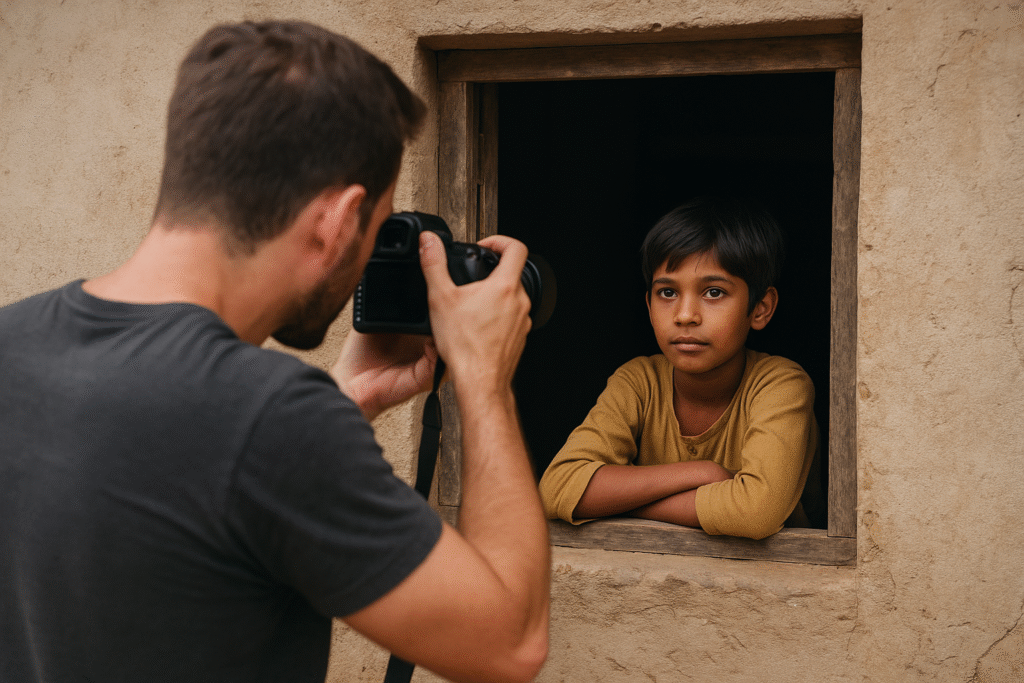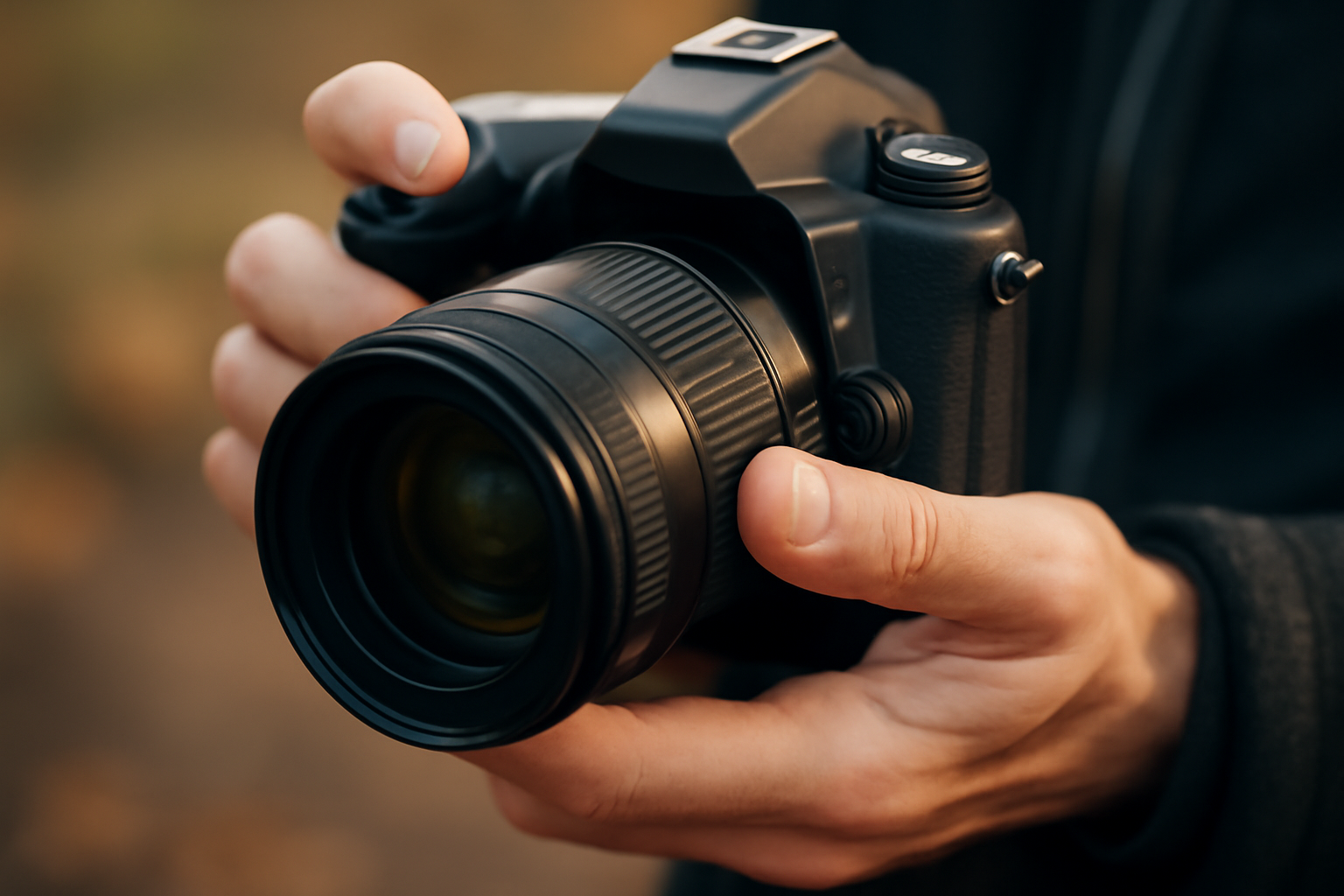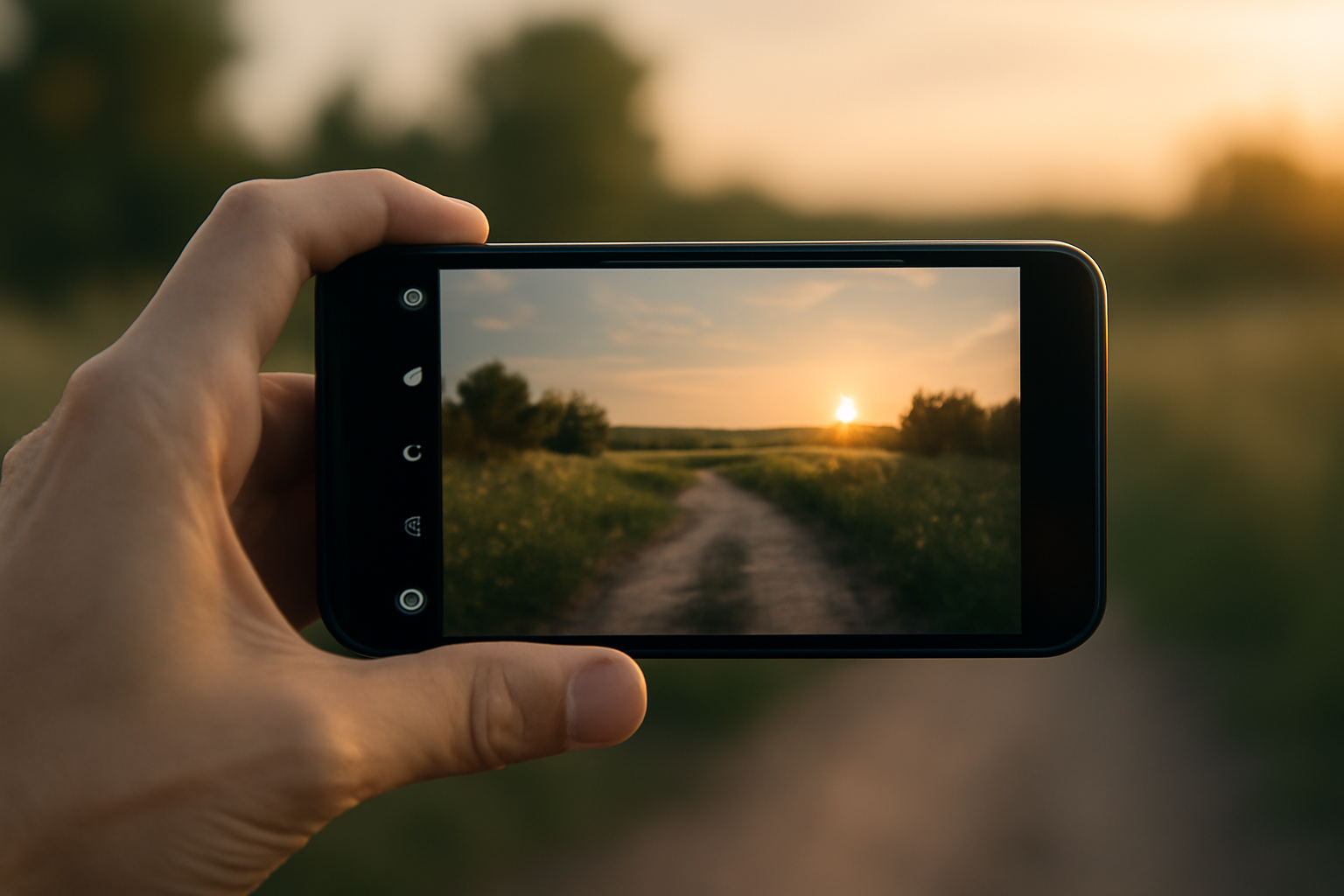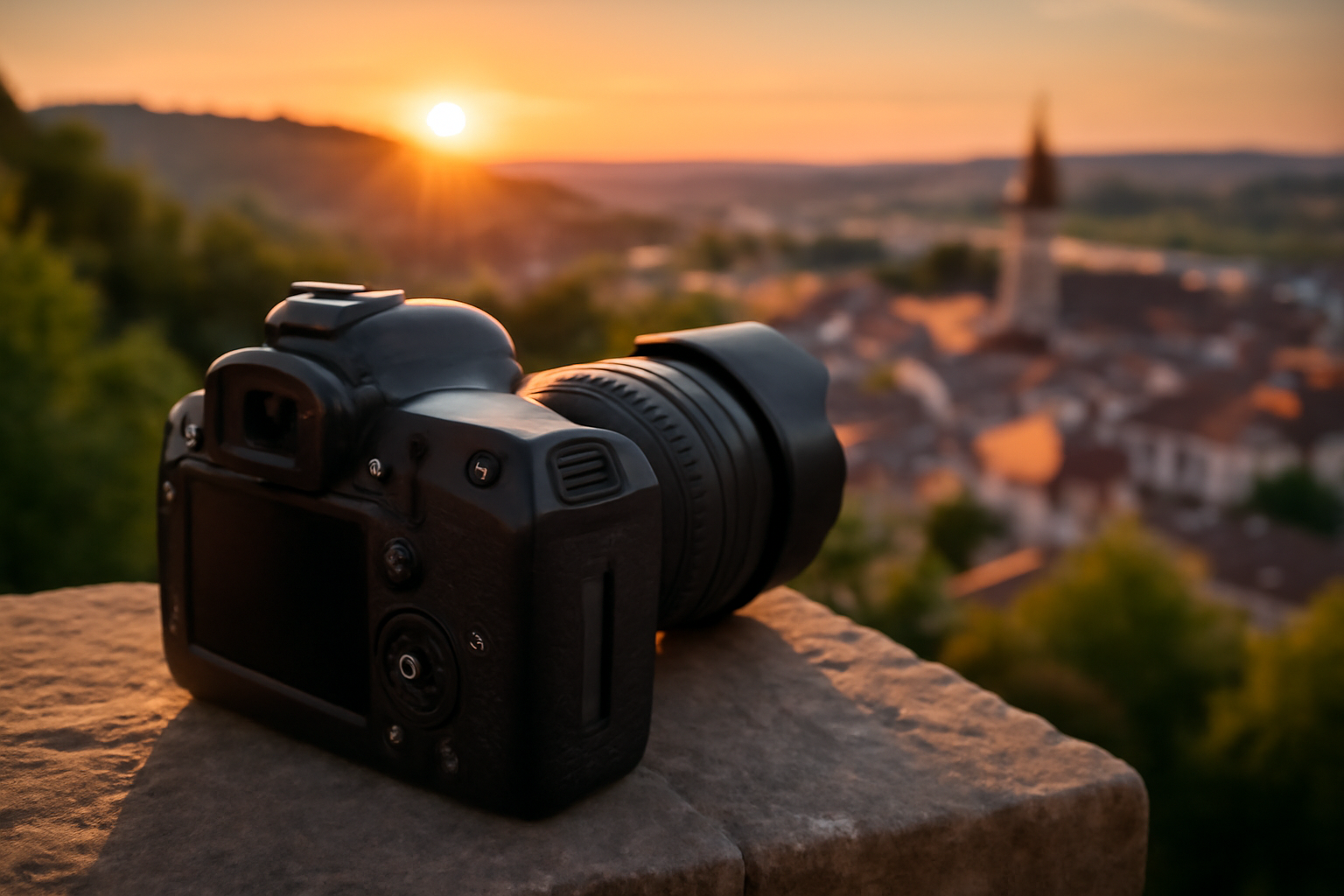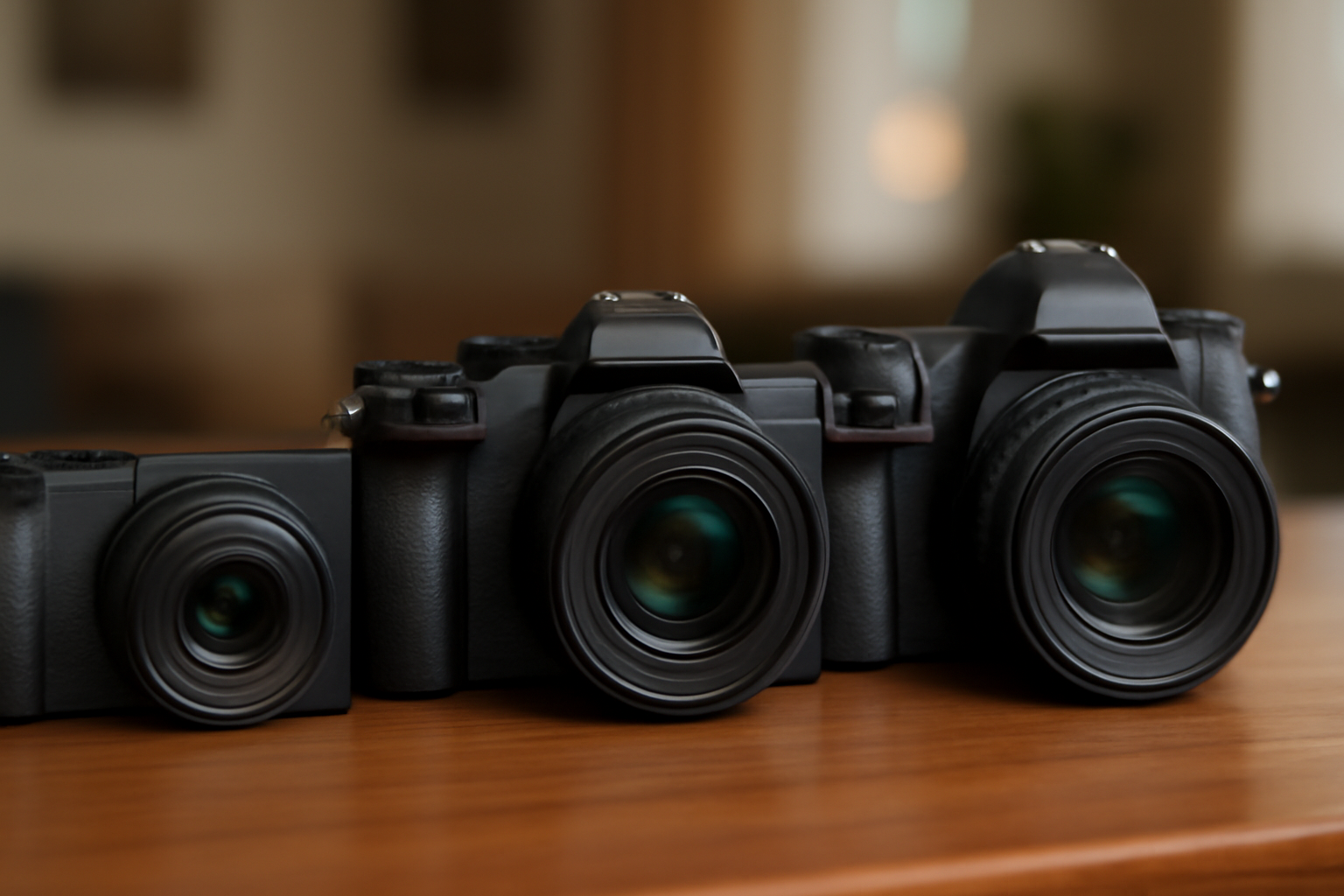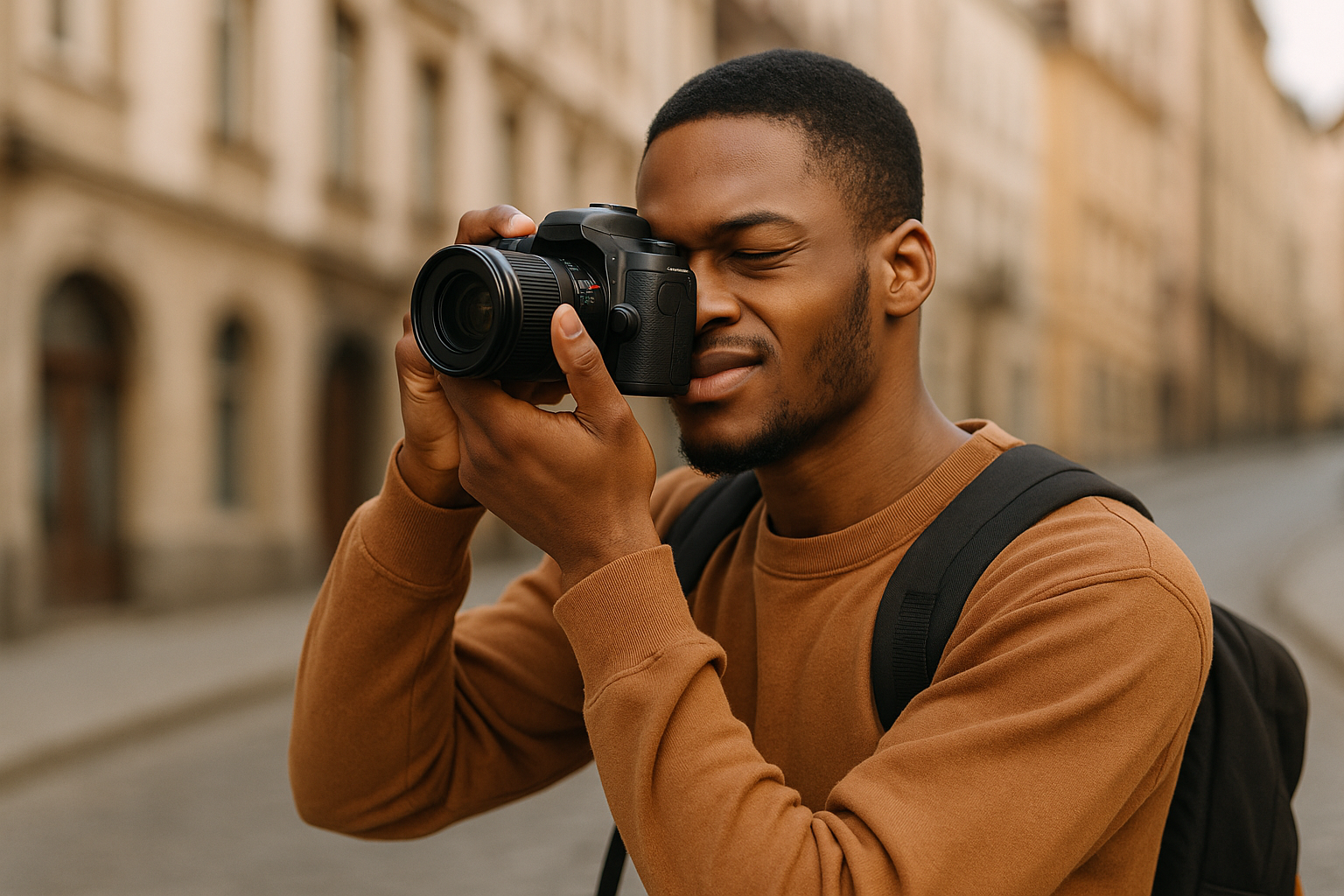Photography is more than capturing beautiful moments—it’s about conveying meaning, emotion, and narrative through a single frame or a series of images. When done well, storytelling in photography transforms pictures into experiences. It invites viewers to pause, feel, and reflect.
Whether you’re a traveler exploring unfamiliar cultures, a street photographer documenting daily life, or a creator capturing your own memories, the ability to tell stories through images will elevate your work from good to unforgettable.
This guide will help you master the art of visual storytelling, combining technical skills, intuition, and heart.
Understand What Makes a Story
At its core, a story has characters, setting, conflict, and emotion. In photography, these elements may be subtle—but they’re always there.
A story can be as simple as a child chasing pigeons in a plaza or as layered as the quiet resignation on a commuter’s face. What matters is that your photo goes beyond aesthetics—it says something.
Start by asking yourself:
- Who or what is the subject?
- Where is the scene unfolding?
- What’s happening—or what just happened?
- What emotion or question does the image evoke?
The answers form the backbone of your visual narrative.
Observe Before You Shoot
Storytelling requires patience and presence. Before you lift your camera, take time to observe. Watch how people interact, how light falls across a space, how movement and silence shape the mood.
Avoid rushing to capture what’s obvious. Instead, dig deeper. The best stories often emerge after the obvious moment has passed.
For example, don’t just shoot the tourist in front of a monument. Wait for a quiet moment when their expression changes or their body language shifts. That’s where story lives.
Train yourself to be a watcher first, and a photographer second.
Find the Emotional Anchor
Emotion is the heart of every compelling story. Your image doesn’t need to make people cry—but it should make them feel something.
Look for emotion in facial expressions, gestures, eye contact, or even isolation. Sometimes, the absence of people tells a powerful story too—a deserted alleyway after rain, an empty bench at sunset.
Ask yourself: What do I feel when I look at this scene? If you feel it, your viewer will likely feel it too.
Try to shoot with empathy, not just observation.
Compose With Intention
Composition isn’t just about visual balance—it’s a tool to guide the viewer’s attention and emphasize your story.
Use techniques like:
- Leading lines to draw the eye to your subject.
- Framing to isolate emotion or context.
- Negative space to evoke solitude or calm.
- Layering to show relationships between subjects.
Every element in your frame should serve the story. Remove distractions. Simplify where needed. Be deliberate.
Even the choice of perspective—shooting from above, below, or the side—can completely change the narrative tone.
Don’t be afraid to experiment with unconventional compositions if they support the narrative better.
Think in Sequences
Some stories are too rich for a single image. In that case, think in terms of photo series. A sequence allows you to explore different angles, moments, and moods.
For example:
- Start with a wide shot to establish the scene.
- Zoom in for a medium shot to introduce your subject.
- Finish with a close-up to capture emotion or detail.
A well-edited photo story can read like a film—beginning, middle, and end—pulling the viewer along.
Travel photography, in particular, benefits from this approach. Show not just the place, but the people, textures, traditions, and quiet moments in between.
Use sequencing to build narrative tension and reveal transformation.
Even a brief moment—a street vendor preparing a dish—can become a compelling sequence when told through thoughtful progression.
Use Light to Shape Mood
Light is one of your strongest storytelling tools. The way you use it can dramatically affect the mood of your image.
- Soft morning light creates a calm, nostalgic feel.
- Harsh midday sun can add tension or grit.
- Golden hour glow brings warmth and intimacy.
- Shadows introduce mystery and contrast.
Don’t just use available light—read it. Ask what the light is doing to your subject. Does it support or fight the story you’re telling?
Learn to see light not as a technical factor, but as a narrative voice in your image.
Night scenes, candlelight, and backlighting can all open different emotional doors—use them with intent.
Look for Details That Speak Volumes
Big stories often live in small details. A weathered hand resting on a market stall. A torn poster on a crumbling wall. A pair of shoes left outside a temple.
Details invite curiosity. They give context. They transform the generic into the specific.
Get close. Change your perspective. Pay attention to textures, patterns, symbols. A story doesn’t always need faces—it needs honesty.
Photograph objects with a sense of presence—make them feel part of something larger.
Often, viewers connect deeply with these quiet symbols because they recognize a piece of their own experience.
Embrace Imperfection
Perfect isn’t always interesting. Some of the most powerful photos are grainy, slightly out of focus, or asymmetrical. What matters is the feeling they carry.
Let go of the need to control every aspect. Be ready for serendipity. Let things unfold naturally.
Often, it’s the candid glance, the unplanned gesture, the in-between moments that tell the truest story.
Imperfections can often be the most human elements in a photo—they make your story relatable.
Develop a Personal Style
Storytelling is not just about what you see—it’s about how you see. Your perspective, your sensibility, your voice.
Don’t try to imitate other photographers. Instead, reflect on what draws you to certain subjects or scenes. What colors, compositions, or stories feel most you?
Over time, your projects will begin to carry a signature—a blend of technique and emotion that is unmistakably yours.
Personal style is not static—it evolves as you do. Let it grow with each new story you tell.
Think of your style as a filter through which you interpret the world—not a fixed recipe.
Edit for Impact, Not Quantity
A strong story isn’t about showing everything—it’s about showing the right things. Be ruthless in your selection.
Ask:
- Does this image add to the story?
- Does it repeat something already said?
- Does it dilute or strengthen the emotional tone?
Less is often more. Create rhythm in your photo essays. Alternate between wide and tight shots. Use breathing space. Let your sequence guide the viewer’s journey.
Avoid the temptation to over-explain. Trust your images to speak.
Editing is where your raw material becomes a narrative—give it the attention it deserves.
Add Context When Needed
Sometimes, a photo speaks for itself. Other times, a brief caption or description enhances the story.
Share the backstory, if it adds depth. A short paragraph can give emotional or cultural context. But avoid over-explaining—let the image do most of the talking.
For travel storytelling, including location, date, and even sound or smell descriptions can transport the viewer even further.
Context doesn’t reduce mystery—it enriches it.
Consider using quotes from people you photograph to add authenticity and voice.
Practice Ethical Storytelling
When photographing people—especially in vulnerable or foreign communities—ethics matter deeply.
- Always ask for permission when appropriate.
- Represent subjects with dignity and respect.
- Avoid exploiting pain or poverty for artistic effect.
- Be honest in your portrayal—don’t manipulate reality.
Your story should uplift, not objectify. Photography is powerful—use it with care and compassion.
Ethical storytelling earns trust—and trust gives your work longevity.
Empathy is your most powerful lens.
Revisit and Reflect
Over time, return to your old stories. See how your perspective has changed. What did you miss? What did you capture unintentionally?
Reflection deepens your storytelling. It helps you notice patterns, obsessions, and shifts in your creative voice.
Also, ask for feedback. Show your work to trusted peers or mentors. Sometimes, an outside eye can help you understand what your story truly says.
Growth often comes not from shooting—but from looking back at what you’ve already seen.
Keep a visual journal to track how your voice evolves over time.
Turn Stories Into Projects
One story can spark a series. A single image might evolve into a months-long project.
Consider turning your storytelling into:
- A personal photo essay
- A travel documentary series
- A street photography zine
- A digital or print exhibition
- A story-driven Instagram series with captions
Projects add purpose. They help you grow as an artist and invite audiences into your evolving narrative.
Don’t be afraid to commit. A long-term project might become your most meaningful body of work.
And remember—every great series begins with one simple image that made you pause.
Conclusion: Photograph With Meaning
At its best, photography is a language—one that speaks across cultures, generations, and time. It allows us to freeze not just what we saw, but how we felt.
To tell stories through photography is to engage with the world more deeply. To observe more honestly. To share more courageously.
So the next time you raise your camera, ask not just what you’re capturing—but why. Ask what story you’re trying to tell.
Because when you photograph with purpose, every image becomes a window—not just to a place or person, but to the soul of an experience.
That’s the magic of storytelling. And it’s yours to create.
